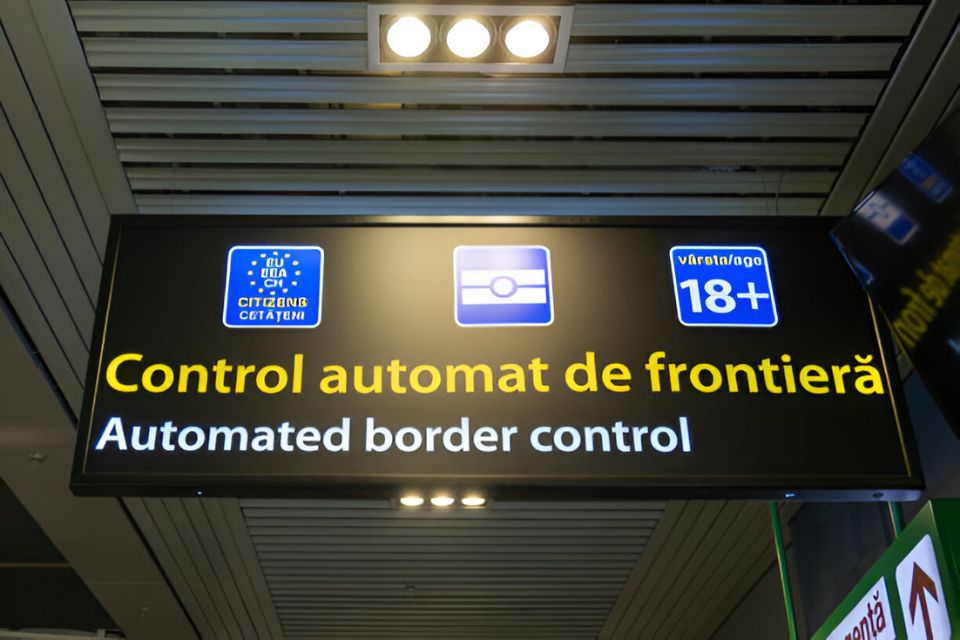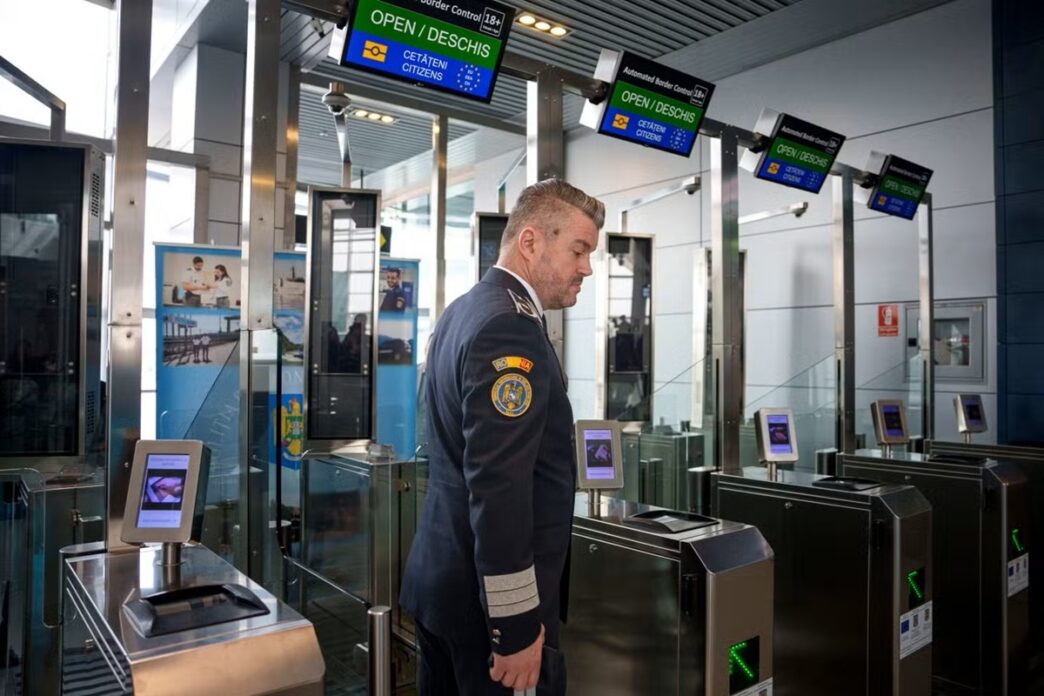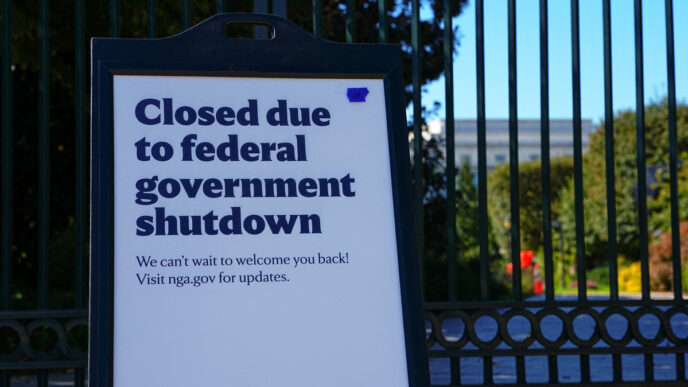Starting Sunday, travellers from outside the EU who enter the Schengen zone will undergo photography and fingerprinting at border checkpoints, as the EU implements its long-awaited automated border control system.
This new approach aims to eventually replace the manual stamping of passports and enhance information-sharing among the 27 member states of the bloc.
The border control system will enable authorities to track when individuals enter and leave a country, with the intention of improving the detection of those overstaying their visas and those denied entry.
After nearly a decade of intense discussion, this system has sparked concerns among transport providers and travellers, with worries about potential increases in wait times at airports and train stations.
To minimise disruptions, a gradual rollout process will be employed, with the initial phase commencing on Sunday.

Non-EU nationals visiting EU countries for short stays — except Cyprus and Ireland will need to provide their passport numbers, submit fingerprints, and have their photograph taken at automated kiosks.
These exact requirements will be enforced in Iceland, Liechtenstein, Norway — which are part of the European Economic Area alongside the EU — and Switzerland.
The largest EU nations, such as France and Germany, will initially conduct only limited checks to prevent significant delays at airports. Some smaller member states are set to implement the system fully starting Sunday.
Member states have until mid-April to introduce automated checks for all travellers at their borders.
Attention will be focused on the UK border as British citizens — no longer classified as EU citizens post-Brexit — will also need to comply with the new measures.
UK officials have already cautioned that each traveller should expect to spend a few additional minutes before being allowed into Schengen territory.


 Trending
Trending 











